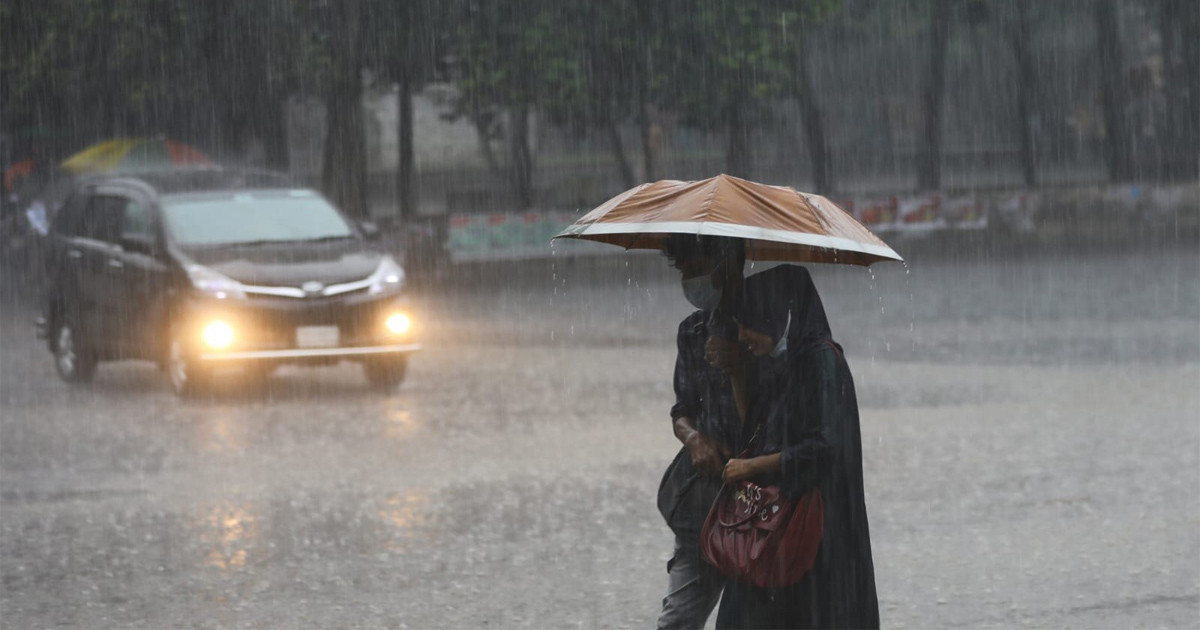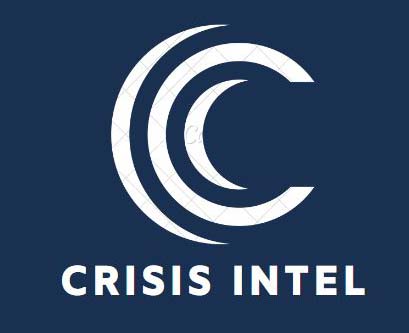Drought Management
Drought Management:
Drought, a natural disaster marked by a deficiency of rainfall over a prolonged period, can have devastating impacts on human societies and ecosystems. It can lead to water shortages, crop failures, and economic disruption. Given the increasing frequency and severity of droughts due to climate change, effective drought management and mitigation strategies are more critical than ever.


Why Drought Management is Important
Effective drought management is crucial to ensure the availability of water resources, protect ecosystems, sustain agricultural production, and maintain economic stability. It is particularly critical for regions such as Arizona, California, and Nevada, which have a history of experiencing severe droughts.
Drought management involves a range of activities including forecasting and monitoring of drought conditions, enforcing water use restrictions, improving water use efficiency, and planning for future drought events. These actions help minimize the social, economic, and environmental impacts of droughts.
Case Studies: Arizona, California, and Nevada
Arizona:
Arizona has implemented various drought management measures in response to its ongoing drought conditions. These include the development of a Drought Preparedness Plan, which outlines strategies for monitoring, impact assessment, response, and public awareness. The state has also promoted water conservation practices among its citizens and invested in infrastructure to improve water use efficiency.


California:
California, known for its severe and recurring droughts, has also taken substantial steps towards drought management. The state has invested heavily in water infrastructure, including reservoirs and aqueducts, to store water for dry periods. The California State Water Resources Control Board also implements mandatory water restrictions during severe droughts. In addition, the state has made significant efforts to promote water conservation and efficiency, such as implementing water-efficient landscaping regulations.
Nevada:
Nevada’s arid climate and limited water resources make drought management crucial. The state’s drought response plan includes measures to monitor drought conditions, assess impacts, and inform the public. Nevada also promotes water conservation through public awareness campaigns and restrictions on water use, especially in urban areas like Las Vegas.

Mitigation Solutions
Drought mitigation solutions involve strategies to reduce vulnerability to drought events. These include:
Water Conservation:
Encouraging water-saving practices in households, industries, and agriculture is crucial. This can involve the use of water-efficient appliances, drip irrigation systems, and drought-tolerant crops.


Improved Forecasting and Monitoring:
Better prediction and monitoring of drought conditions can allow for early warning and prompt response.
Infrastructure Investment:
Investing in water storage and distribution infrastructure can help manage water resources more effectively. This includes dams, reservoirs, and desalination plants.


Drought-Resistant Landscaping:
Promoting the use of native and drought-tolerant plants in landscaping can significantly reduce water demand.
As droughts become more frequent and severe with climate change, effective drought management and mitigation strategies will be essential to safeguard water resources, protect ecosystems, and sustain economic activity. The examples of Arizona, California, and Nevada illustrate the diverse strategies that can be employed, including water conservation, improved forecasting, infrastructure investment, and drought-resistant landscaping.
